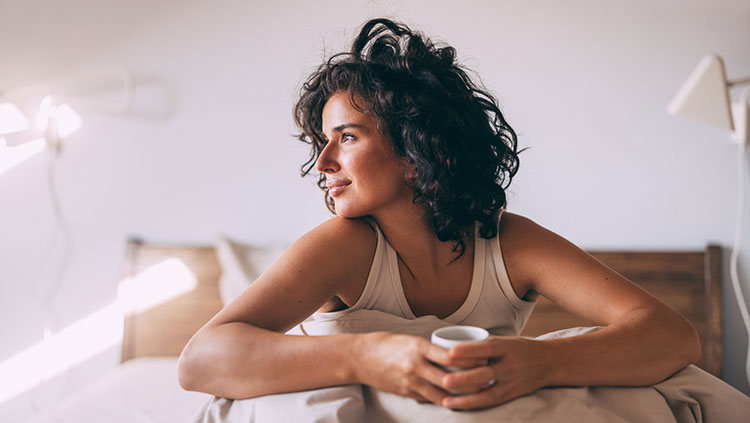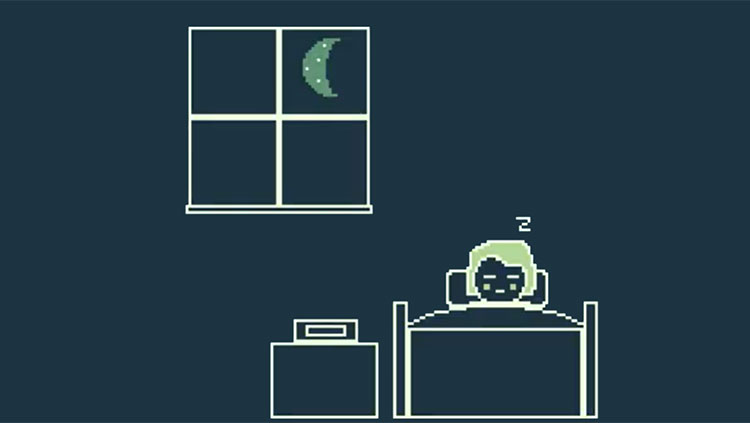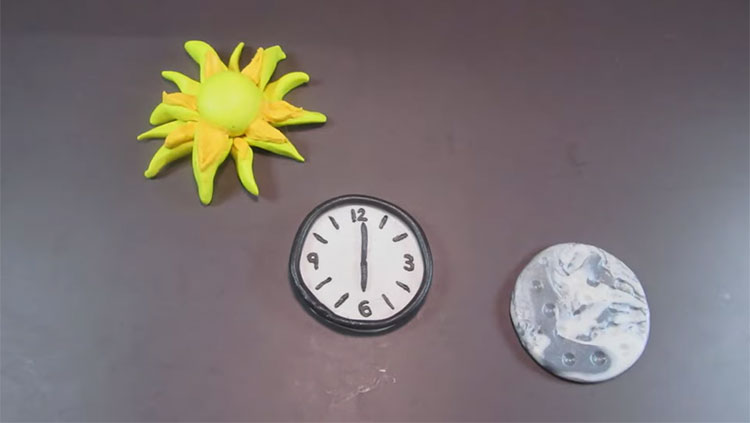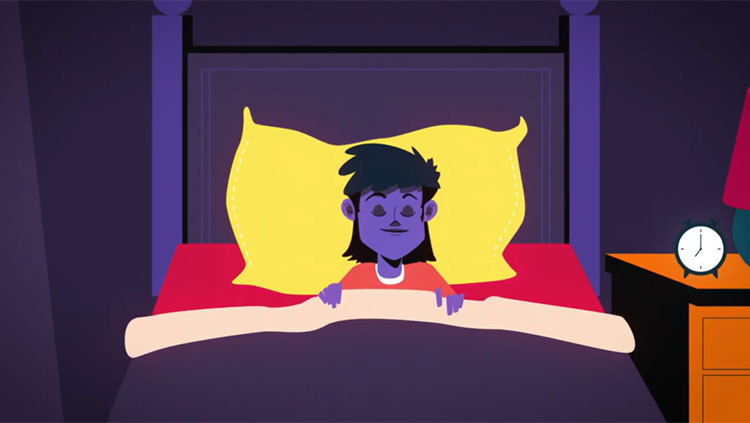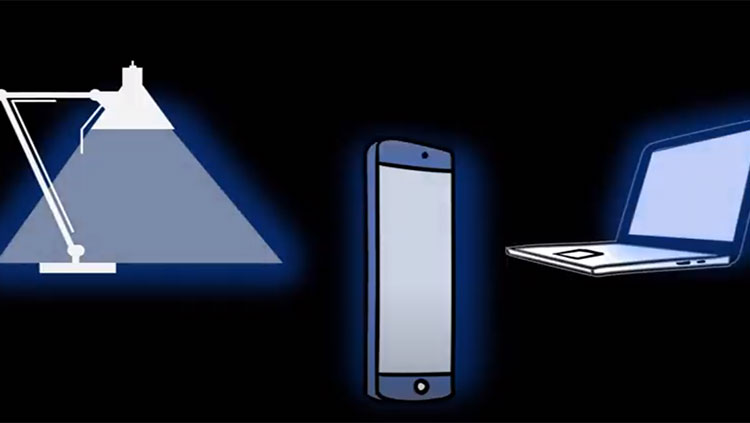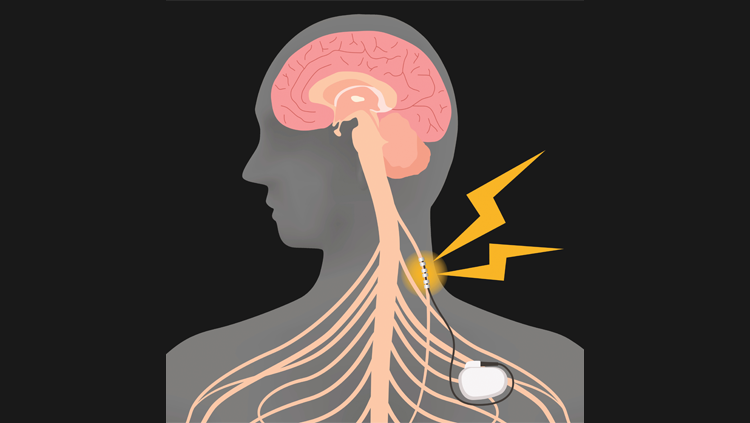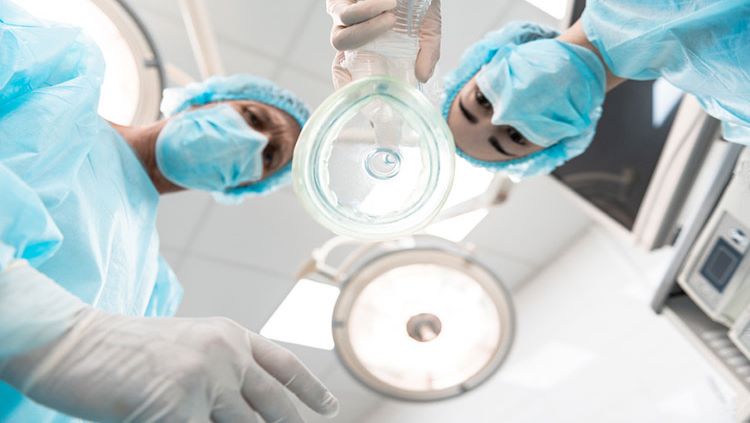How Light Exposure Affects Your Sleep Schedule
- Published17 Dec 2021
- Source BrainFacts/SfN
Every cell in your body runs on a roughly 24-hour clock. This internal clock, or circadian rhythm, determines when you feel most alert and productive and when it’s time to hit the hay. While these rhythms are baked into our genes, there’s also a powerful reset button: light. Once upon a time, that meant the sun. But today, with increased access to artificial light, we have a bit more control over our internal clocks and can shift our sleep cycles away from the natural daylight schedule.
Storyboard and animation produced by Midnight Snacks for BrainFacts.org.
Scripting by Chia-Yi Hou.
Editorial Production by Tristan Rivera and Juliet M. Beverly.
Scientific Review by Ryan Logan.
CONTENT PROVIDED BY
BrainFacts/SfN
Transcript
[Birds chirping] The sun goes down [crickets chirping] at the end of the day, and soon it’s time [click] for lights out. But [alarm ringing] you’re still awake, brimming with energy to get things done. [Woosh] Sounds like you’re a night owl [hoot hoot]. Nothing wrong with that [woosh]!
[Bird chirping] Like early birds on the opposite end of the spectrum, night owls occupy the other side of [swash] natural chronotypes. Chronotypes comprise the behaviors that arise from our circadian rhythm, the 24- [clock ticking] hour cycles of sleep and wakefulness that’s influenced [swoop] by daylight [clonk].
Early birds tend to sleep early and wake early. People with typical chronotypes [woosh] may sleep and wake at a pretty average time — while night owls tend to sleep later and, as a result, wake up later [swoop], sometimes getting less natural sunlight during their waking hours and more exposure to light from bulbs or screens late into the night.
With access to artificial light and electric devices [ticking], us humans are able to stay up later and be more active into the dark hours or wake up later and sleep later.
But our “social clock,” like when we are expected to go [alarm beeping] to school and work, is still largely tied to the daylight schedule. This can lead to tensions when you’re a night owl.
The exposure to artificial light can reinforce later sleep and wake cycles. Because our body takes its cues from light through specific receptors in our eyes that signal to the brain that there’s light in your [cling] environment called retinal ganglion cells.
They contain a light sensitive pigment called melanopsin. Light suppresses production of the hormone melatonin. In response to darkness, melatonin is made in the pineal gland located near the center of the brain. As the amount of melatonin builds up over time, it gets the body prepped for sleep.
For night owls, surrounded by light even though the sun has set, it signals to the body that they should stay awake and that it’s not time for sleep yet [glistening]. The intensity of the light also plays a part, with greater intensity having a larger effect.
Research suggests that being a night owl [hoot hoot] doesn’t necessarily mean you get worse sleep. Instead, the whole sleep cycle is shifted later compared to early risers and typical chronotypes [faint ringing]. But as a night owl, that’s totally fine by you [slurping]!
[Light splash, swoosh, light splashes]



